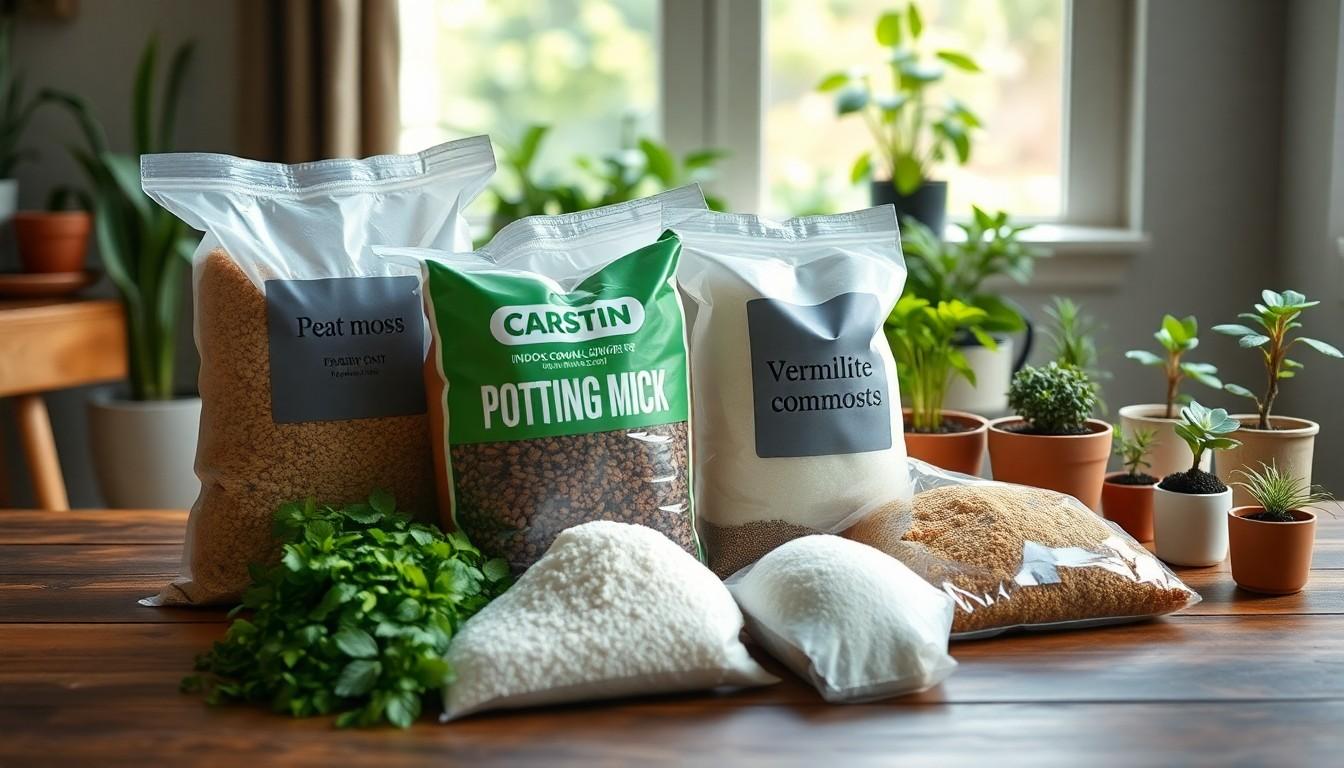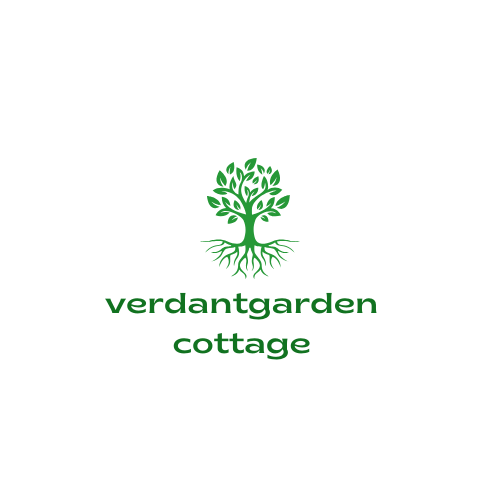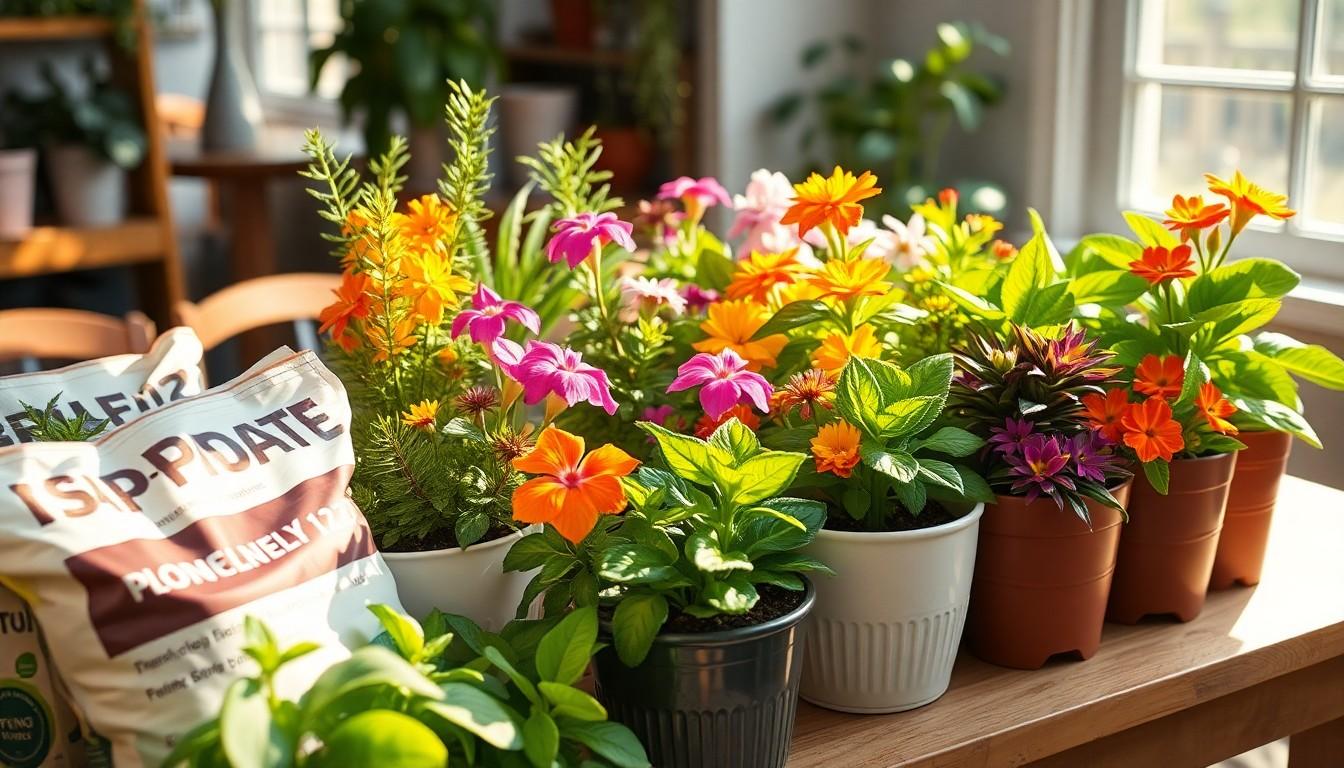Choosing the right potting mix for indoor plants can feel like picking a favorite child—it’s tough! But fear not, plant lovers. The right mix can transform your leafy companions from sad little sprouts into vibrant, thriving greenery that even your neighbor’s cat will envy.
Understanding Potting Mix Basics
Selecting the right potting mix involves more than simply picking a bag off the shelf. Understanding its components ensures healthy, vibrant indoor plants.
What Is Potting Mix?
Potting mix refers to a soilless blend designed for container gardening. Typically, it consists of organic materials like peat moss, coconut coir, and compost. These components provide essential aeration and drainage while retaining moisture. Most mixes also include perlite or vermiculite for improved texture. Each ingredient contributes to a balanced environment for root growth.
Importance of Quality Potting Mix
Quality potting mix significantly impacts plant health and growth. It helps to prevent root rot by ensuring proper drainage. A well-formulated mix supports moisture retention without suffocating roots. Nutrient availability is crucial, and the right mix provides essential elements for growth. Poor-quality mixes often lead to problems, including pests and diseases. Investing in a quality potting mix promotes strong, thriving indoor plants.
Key Components of Potting Mix

Understanding the key components of potting mix enhances the success of indoor plant growth. Essential elements include both organic and inorganic materials.
Organic Materials
Organic materials form the foundation of an effective potting mix. Peat moss serves as a common component, known for its water retention capabilities. Coconut coir, another popular choice, offers sustainability and excellent drainage properties. Compost enriches the mix with nutrients, supporting plant health. These organic ingredients promote aeration and ensure soil fertility, which ultimately leads to vibrant indoor plants. Quality organic materials enhance microbial activity, further benefiting plant growth.
Inorganic Materials
Inorganic materials contribute to the structure and drainage of potting mix. Perlite, a lightweight volcanic mineral, improves aeration while preventing soil compaction. Vermiculite retains moisture and nutrients, ensuring plants have access to essential resources. These materials offer stability and prevent root rot, essential for healthy growth. Additionally, incorporating sand can enhance drainage for specific plant types, offering adaptability in a potting mix. Selecting the right inorganic components leads to a well-balanced environment, conducive to thriving indoor plants.
Factors to Consider When Choosing Potting Mix
Selecting the right potting mix requires careful thought regarding several factors that impact plant health.
Plant Type
Understanding the specific needs of each plant type guides the selection of potting mix. Tropical plants thrive in mixes that retain moisture and provide adequate drainage. Cacti and succulents benefit from a fast-draining mix with higher sand or perlite content. Annual flowering plants often prefer a balanced mix that offers nutrients while allowing for some moisture retention. Foliage plants are typically more adaptable but still require a blend that supports their growth requirements. Recognizing these specific needs leads to healthier, more robust indoor specimens.
Drainage Needs
Proper drainage is critical for maintaining plant health. Plants that prefer drier conditions benefit from potting mixes that have significant perlite or sand content because these materials help prevent waterlogging. Conversely, plants needing consistent moisture, such as ferns, thrive in mixes with higher organic matter like peat moss or coconut coir. Mixing in ingredients tailored to drainage preferences encourages optimal root health. Ensuring a good balance between moisture retention and drainage promotes thriving foliage and flowering.
Nutrient Content
Nutrient content plays a significant role in plant vitality. A potting mix rich in organic materials like compost provides essential nutrients vital for growth. Fertilizers can also be incorporated into the mix for added nutrient availability, but balance is key. Over-fertilization can harm plants, leading to nutrient burn. Evaluating the nutrient profile before selecting a potting mix ensures plants receive the nourishment needed for strong development. Regularly monitoring and adjusting nutrient levels maintains optimal growth conditions for indoor plants.
Recommended Products for Best Potting Mix for Indoor Plants
Choosing the right potting mix can elevate indoor plant care. Several specific mixes cater to various plant needs.
Potting Mix for Succulents and Cacti
Optimal potting mixes for succulents and cacti emphasize drainage and aeration. A blend containing 50% potting soil, 25% coarse sand, and 25% perlite offers excellent drainage. This mix prevents root rot while supplying essential nutrients. Examples include brands like Miracle-Gro Cactus Mix or FoxFarm’s Happy Frog Cactus Mix. Both provide a lightweight feel and retain minimal moisture.
Potting Mix for Tropical Plants
Tropical plants thrive in moisture-retaining mixes that provide ample nutrients. A recommended blend consists of 40% peat moss, 30% potting soil, and 30% perlite for aeration. Such a mix supports water retention without risking waterlogging. Consider options like Espoma Organic Potting Mix or Black Gold Indoor Container Mix, both formulated specifically for tropical plants. They promote healthy growth and enhance humidity levels around the roots.
All-Purpose Potting Mix Options
All-purpose potting mixes work well for various indoor plants. Balanced formulations typically include equal parts peat moss, compost, and perlite. Brands like Miracle-Gro Potting Mix or Potting Soil by Nature’s Way supply essential nutrients and adequate drainage. These options support a wide range of plants, ensuring healthy growth and development. Opting for a high-quality all-purpose mix simplifies plant care while maximizing results.
Tips for Using Potting Mix
Using the right potting mix contributes to the overall health of indoor plants. Proper preparation and techniques during repotting enhance plant growth and vitality.
Preparing the Potting Mix
Start by gathering all necessary components. Combine organic materials like peat moss and compost with inorganic options such as perlite or vermiculite. Each ingredient serves a unique purpose: peat moss retains moisture while perlite improves drainage. Ensuring a balanced ratio promotes optimal aeration and nutrient absorption. Adjust the mix according to specific plant needs; tropical plants benefit from water-retaining properties, while cacti thrive in well-drained mixtures. Prioritize consistency in texture to avoid compacted soil and improve root health.
Repotting Indoor Plants
Choose the right time for repotting, typically in spring as plants enter their growing season. Select a pot that is 1-2 inches larger in diameter than the previous one. Remove the plant gently, keeping the root system intact. Assess the roots for any signs of rot or damage and trim as necessary. Fill the new pot with a prepared potting mix, ensuring that the plant sits at the same depth as before. Water thoroughly after repotting to encourage settling and eliminate air pockets. Monitor the plant for signs of stress, adjusting care routines accordingly.
Conclusion
Choosing the right potting mix is essential for the health and vitality of indoor plants. By understanding the specific needs of each plant type and the components of a quality mix, gardeners can create an environment that fosters growth. Whether it’s moisture retention for tropical plants or excellent drainage for succulents, the right blend makes all the difference. Investing in quality potting mixes not only supports robust growth but also helps prevent pests and diseases. With careful selection and proper techniques during repotting, indoor plants can thrive and bring life to any space.

